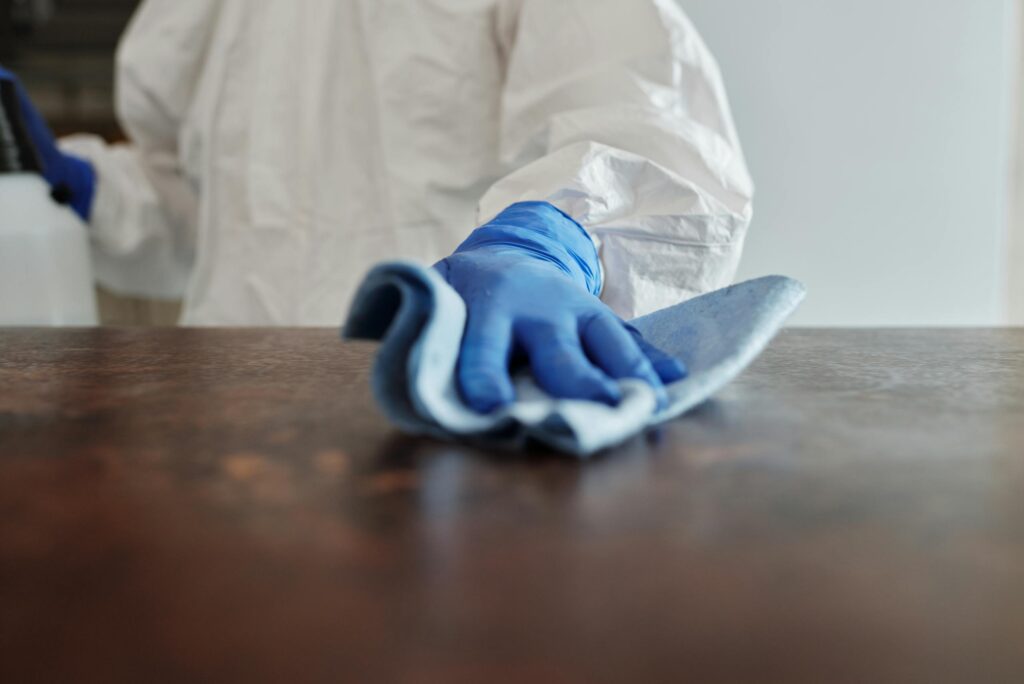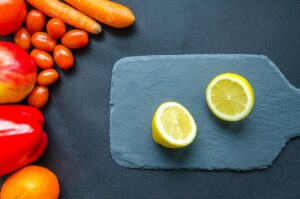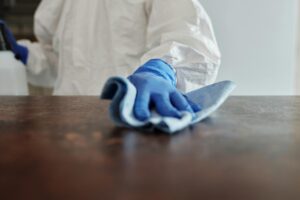
There are many cleaning myths that lead to ineffective results. Believing that some products or methods are more effective than they really are can result in poor cleaning and possible damage. Understanding and recognizing the truth behind these myths can help you choose better cleaning practices and achieve more effective results.
- More detergent doesn’t mean cleaner laundry.
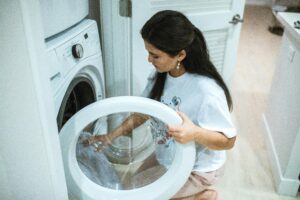
Many people think that using more detergent to your clothes makes them cleaner. However, this is not true. Adding more detergent causes more harm than good. It leaves a soapy residue on clothes making them stiff and smell bad.
2. Feather dusters effectively remove dust.
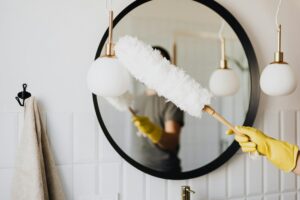
Feather dusters might appear to be the perfect tool for removing dust, but they often just spread it, leaving your home with more dust than before. For more effective dusting, it’s better to use a damp cloth that traps the dust.
3. Hot water eliminates all germs.
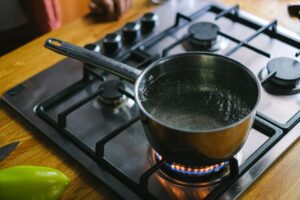
Hot water helps clean, but it does not get rid of most germs. The only way to properly get rid of germs is to use soap or effective cleaning products.
4. Bleach can be used to clean anything.
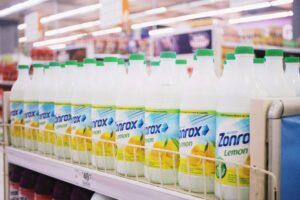
Bleach is primarily a sanitizer that kills germs and bacteria, but it doesn’t remove stains or dust, leaving your surfaces still dirty. Bleach can also damage some surfaces, such as wood and stainless steel.
5. Dish soap is suitable for cleaning any surface.
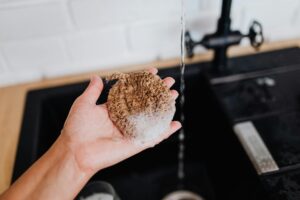
Dish soap is excellent for washing dishes, but it’s not suitable for every type of surface. It leaves marks on glass and wood and may even damage these surfaces. It’s important to use cleaning products specifically designed for each type of surface.
6. Lemon juice cleans and disinfects cutting boards.
Lemon juice is usually used to disinfect cutting boards, it does help clean and make them smell good but it does not get rid of germs. To properly clean and kill germs, you should use a cleaner specifically designed for disinfecting cutting boards.
In conclusion, knowing the facts behind cleaning myths helps you clean more efficiently. By avoiding too much detergent, ineffective tools, and outdated methods, you can choose better products and practices, leading to a cleaner and better-maintained home.

